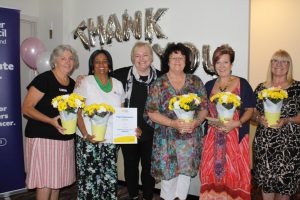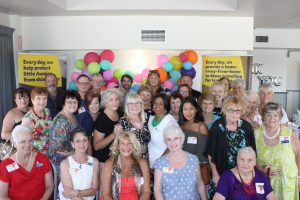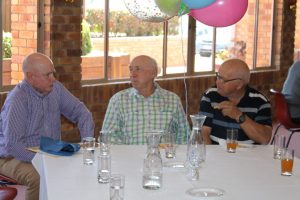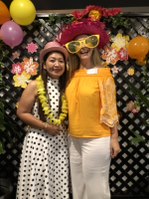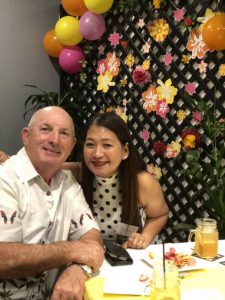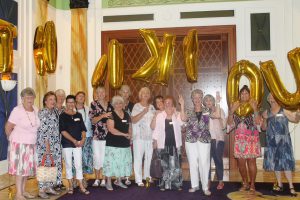On this page you will find information on:
Meet Our People: Louise Perram-Fisk
Welcome to meet our people, our regular post highlighting the people who make CCQ the great place it is. We’ll bring you frequent profiles, so you can get to know everyone from Cairns to Southport. This month we have Louise Perram-Fisk, our General Manager from People and Safety.
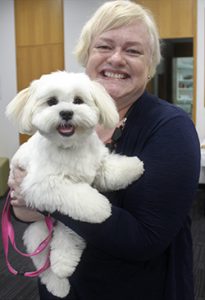
Role: General Manager, People and Safety
How would you describe your job to someone in a different field / not familiar with CCQ? I am responsible for setting the frameworks for leaders to manage our most precious resource, our wonderful people – employees and volunteers. In our team, we are most often advisors, mentors and coaches to our people on many topics – some easy and some tough.
My favourite hobby: is abstract painting using all different textures and interior design. I plan to do more of it when I retire. Oh, and playing with my puppy Daisy.
A skill I wish I had: Definitely a better sense of direction. If I didn’t have a GPS I’d never get anywhere. Fun fact: Karen from Australia on the GPS voices and also Siri’s voice is my buddy, originally from Mackay so she’s always telling me where to go and reminds me of that often. Sometimes she’s been in the car with me with her voice telling us where to go. It’s pretty funny.
Guilty pleasure: renovation TV shows and traditional Greek iced frappe.
What I enjoy most about my role at CCQ is: the people around me, our ability to work in a field that is filled with frustration for a cure, and sadness when people are diagnosed – yet our resilience is to support Queenslanders through this is incredible. Our people are so amazing – right across the board.
My pet hate: is things that are untidy, messy, crooked or half done.
My hidden talent: is poetry I think. I have just found this out since starting at CCQ and it’s been quite fun!
If I could change careers: I would be a writer – I love words and how powerful they can be for others. I also like the idea of sitting in random cafes and being inspired by what’s around me.
My worst habit: is leaving my shoes everywhere at home. However, since our little furball Daisy entered our lives, I have become far more diligent at putting them away, or she eats them. She did, in fact, eat a slipper given to me by the fundraising girls when I was first in hospital – lucky they had been worn a lot already!
I’m most proud of: my relationship with Ray who I’ve been married to for 31 years. During that time, we have been guardians to five at risk teenagers’ long term and are very proudly watching the last one of them graduate high school next week. Career wise – I think I am most proud of the honour of Queensland Business Woman of the Year (Government and Not for Profit) in 2008 for my work leading gender diversity outcomes across Queensland in predominately male industry.
Best advice I ever got: know your non-negotiables. I left a senior role once because I was directed to do something that I knew was really unethical, so we agreed to part ways and I’m pleased I stood by what I believed to be right. It was scary at the time to be suddenly unemployed but it was the right thing to do and everything worked out even better for me. I’m glad that a world exists at CCQ and other good organisations where we aren’t put in that position.
Year started at CCQ: January 2017
What three traits would you describe yourself with? Strategic, creative, curious
Most memorable moment at CCQ: Lots of them – the first Transport to Treatment car arriving from our personal fundraiser – now look what the CSI team have done. They have built an incredible service. And I loved when I went into hospital after my cancer diagnosis and the team made me a video – that was one of the most amazing moments ever.
Is there someone that inspires you? Yes, but not one person. People I work with at CCQ constantly inspire me. My team inspires me – they are just the best every day. The strong cohort of female friends I have inspire me, and my dad was a feminist well ahead of his time and inspired me. My amazing husband inspires me everyday giving up his role in January this year in civil construction to come home and take some time to care for things in our life and me, so I can finish the job here that I started. I’m very lucky to have been able to do that.
Ovarian cancer advocate recognised at awards
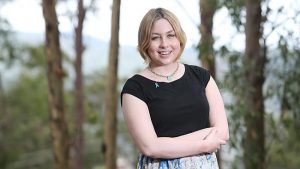
Cancer activist and volunteer Kristen Larsen was named as a state finalist for Queensland Young Australian of the Year, diagnosed with Stage 3C ovarian cancer at the of age 21 in 2013, Kristen has selflessly volunteered in Australia and internationally to help build awareness of the illness and the need for more research and clinical trials.
Kristen is the Brisbane Regional Coordinator of ANZGOG’s new program, Survivors Teaching Students, she chronicles her experience living with cancer on her blog “Ovarshare” and after recently winning a nationwide competition will be launching her own podcast series, with the same name, for which she will interview fellow survivors.
Kristen said she was honoured to have received this recognition.
“When I was diagnosed with ovarian cancer, I was given only a 16 per cent chance of surviving the next five years,” she said.
“This was terrifying, and I immediately put up my hand to volunteer and help the cause in any way I could in the time I had left.
“It’s amazing to think that bit by bit, each conversation, speech, fundraiser and campaign has totalled over $1 million for cancer charities.
“I am so grateful to not only be alive to see this day, but to be able to celebrate the last five years of struggles and achievements.”
Kristen has been in constant treatments for the last five years and recently found out that her cancer is progressing again.
“I am now on the wait-list for a clinical trial,” she said.
Highly active in the ovarian cancer community, Kristen often travels to the USA and across Australia for survivorship conferences and symposiums.
“I’ve been to a few ovarian cancer survivor conferences run by charities in the US and like to be involved in advocacy work,” she said.
“I’ve connected with lots of people, but there’s not many women my age with ovarian cancer.”
Each year, about 280 Queensland women are diagnosed with ovarian cancer, but is most common in women over 50.
There is no early detection test for ovarian cancer, so the best way of detecting the disease is to know and recognise the signs and symptoms.
Through sharing her story Kristen has raised greater awareness of these symptoms, so women of all ages know what to look for, and helped charities, like Cancer Council Queensland, raise vital funds for cancer research.
Cancer Council Queensland CEO Ms Chris McMillan said Kristen’s nomination was just another testament to the strength and resilience she had shown through her cancer experience.
“I want to recognise the fight and determination Kristen has shown – for someone her age, she has shown an incredible amount of strength and resilience,” Ms McMillan.
“Kristen’s unwavering dedication to raising awareness for ovarian cancer and vital funds for cancer research has seen her become involved in a number of our fundraising campaigns and events – she was the face of our Girls’ Night In campaign in 2016 and has donated her time for several speaking engagements.”
Symptoms of ovarian cancer
In its early stages, ovarian cancer usually has no symptoms. This means it is typically diagnosed when the cancer is more advanced. If symptoms occur, they may include:
- Pressure, pain or discomfort in the abdomen or pelvis.
- Swollen or bloated abdomen
- Appetite loss or feeling full quickly
- Changes in toilet habits (e.g. constipation, diarrhoea, passing urine more often, increased flatulence).
- Indigestion and nausea
- Tiredness
- Unexplained weight loss or weight gain.
- Changes in menstrual pattern or bleeding after menopause
- Pain during sex.
If these symptoms are new for you, are severe or continue for more than a few weeks, keep a record of how often they occur and make an appointment with your general practitioner (GP). These symptoms can also occur in many other conditions and do not necessarily mean you have cancer, but it is best to have a check-up.
Healthier Christmas cake recipe

Did you know that during the Christmas period, Aussies gain an extra 0.8 to 1.5 kilograms, on average, just from overeating?
But there is no need to fear the festive season – a healthy Christmas is a lot easier than you think!
Our recipe is a healthy twist on the Christmas pudding, that won’t make you feel guilty when reaching for an extra slice!
| Ingredients | |
650 g dried fruits – chopped. For that classic Christmas feel, use dates, raisins and apricots |
1 whole orange, peeled3 eggs |
2 teaspoons vanilla extract or paste¼ teaspoon ground nutmeg |
½ teaspoon ground ginger1 teaspoon ground cinnamon |
¼ teaspoon ground cloves¼ teaspoon bicarb soda |
120 g melted butter (or cold pressed coconut oil or macadamia nut oil) |
100 g wholemeal spelt flour |
80 g walnuts or almonds (optional) |
| Method | |
1. Preheat oven to 150°C2. Combine dried fruits into a large mixing bowl.3. Crack eggs into a blender.4. Add the peeled orange, vanilla, nutmeg, ginger, cinnamon and cloves.5. Blend until smooth and combined.6. Pour the orange / egg mix over the top of the dried fruits. |
7. Add melted butter then mix in well.8. Add spelt flour and baking soda and mix through (and almonds and walnuts if used)9. Line an 18 cm baking tin with baking paper and spoon in the cake mix and flatten over the top.10. Bake for 1 hour and 20 minutes or until cake is cooked through.11. Remove from the oven and cool |
7 tips to help you avoid the summer sizzle
and protect your skin
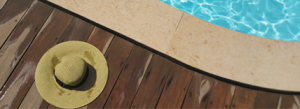
Summer is the time for outdoor adventures, but with the UV levels hitting extreme, it’s important to take steps to ensure the only person sporting a red coat this festive season, is Santa!
Queensland is the skin cancer capital of the world and sun protection is critical in preventing skin damage.
So, don’t risk your health from a careless moment in the sun. Remember these seven sun protection tips to reduce your risk of skin cancer.
First, look at the UV levels. It’s important to remember that its exposure to ultraviolet (UV) radiation, not the temperature, that is linked to skin damage; that’s why you can get sunburnt on overcast or cool days. Track the daily UV levels where you live by using the SunSmart app (free via app stores or online via cancer.org.au/SunSmartApp) and ensure you are using multiple methods of sun protection when the level is three or above.
Two, seek shade. Built, natural and portable shade are all recommended for sun protection. Some of the sun’s UV can still reach a person in the shade via reflection off surrounding surfaces and that’s why Cancer Council Queensland always recommends people use a combination of all five sun protection methods.
Three, what you wear matters. Clothing, hats and sunglasses will all help protect you from the sun. The best sun protection comes from covering up as much skin as possible, but darker clothing with a tighter fabric structure will generally offer better protection than lightly-woven fabrics, stretched-out clothing, or light, pastel shades. If you want to be sure of the level of protection offered by your outfit, look for a tag with a high ultraviolet protection factor (UPF) rating. Fabrics rated above UPF15 provide good protection, but UPF50+ is recommended. It’s also important to choose a wide-brimmed hat, so your face, neck and ears, will be shaded, and to opt for wrap-around sunglasses to protect your eyes.
Four, know your SPF. SPF stands for sun protection factor – and it’s the measure of how much UV gets through. The higher the number, the less UV passes through. An SPF of 30 allows one-thirtieth of 3.3 per cent of UV to reach your skin. This means it filters 96.7 per cent of UV. With an SPF of 50, 98 per cent is filtered and one-fiftieth or 2 per cent gets through. It’s also important to remember that you can’t add the numbers together. For example, SPF20 moisturiser and SPF10 foundation used together don’t equal SPF30 protection. You will only be protected to the level of the highest SPF product applied.
Five, sunscreen should be used every day, but it doesn’t last all day (or decades)! Cancer Council Queensland recommends people use water-resistant TGA approved sunscreen, but any sunscreen should be reapplied every two hours, or after swimming, sweating or towel drying, regardless of the level of water-resistance advised on the bottle. It’s also important to remember that sunscreen can expire, so check the date on the bottle.
Six, you need broad-spectrum protection. There are two different types of UV radiation that pose a threat to your skin. UVA radiation penetrates beneath the skin, affecting the living cells beneath the surface. It contributes to skin cancer, but also causes damage like wrinkles, blotchiness, and sagging. UVB radiation affects the top layer of skin and it’s the main cause of skin cancer and skin damage. Sunscreen providing broad-spectrum protection will filter out both types of radiation, providing your skin with more comprehensive protection.
Seven, you need more sunscreen than you think. To make the best use of your sunscreen, correct application is key. Liberal application with even coverage applied on clean, dry skin, 20 minutes before heading outside will give you the best protection. For the best coverage, generously spread at least one teaspoon of sunscreen per limb, front and back torso, feet and face (including neck and ears). In total it should come to about 35ml (or seven teaspoons) of sunscreen per application.
Basically, if you are outside, just remember to abide by all five sun protective recommendations – Slip, Slop, Slap, Seek and Slide.
Thank You Celebrations
It was amazing to share the highlights of 2018 with you all at our wonderful Thank You Celebrations across Queensland! We hope you enjoyed the celebrations as much as we enjoyed catching up with you and celebrating your achievements.
We hope you enjoy the photos!
Brisbane
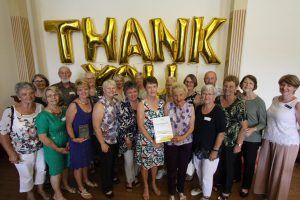
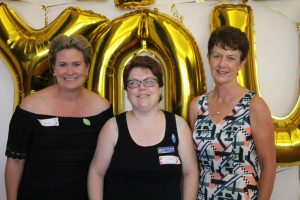
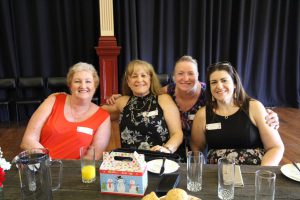
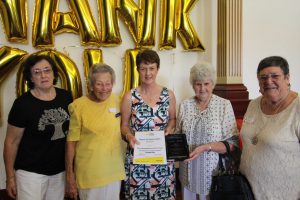
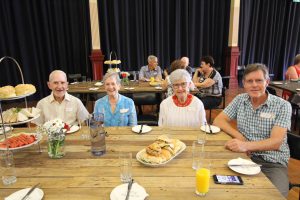
Bundaberg


Rockhampton
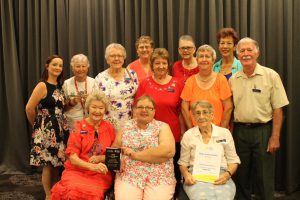
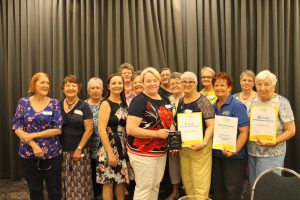
Cairns
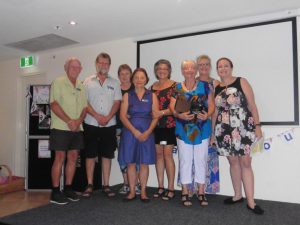
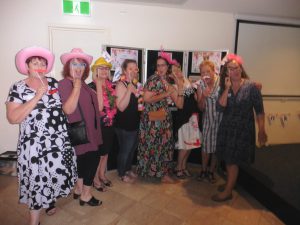

Maryborough
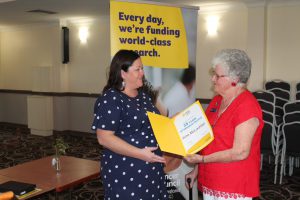
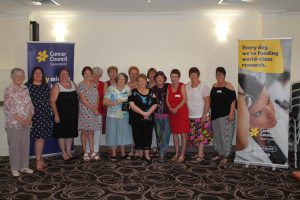
Townsville
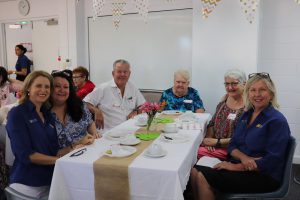
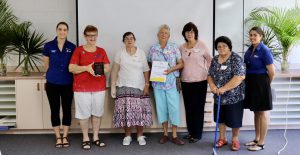
Toowoomba
Mackay
Gold Coast
Sunshine Coast
